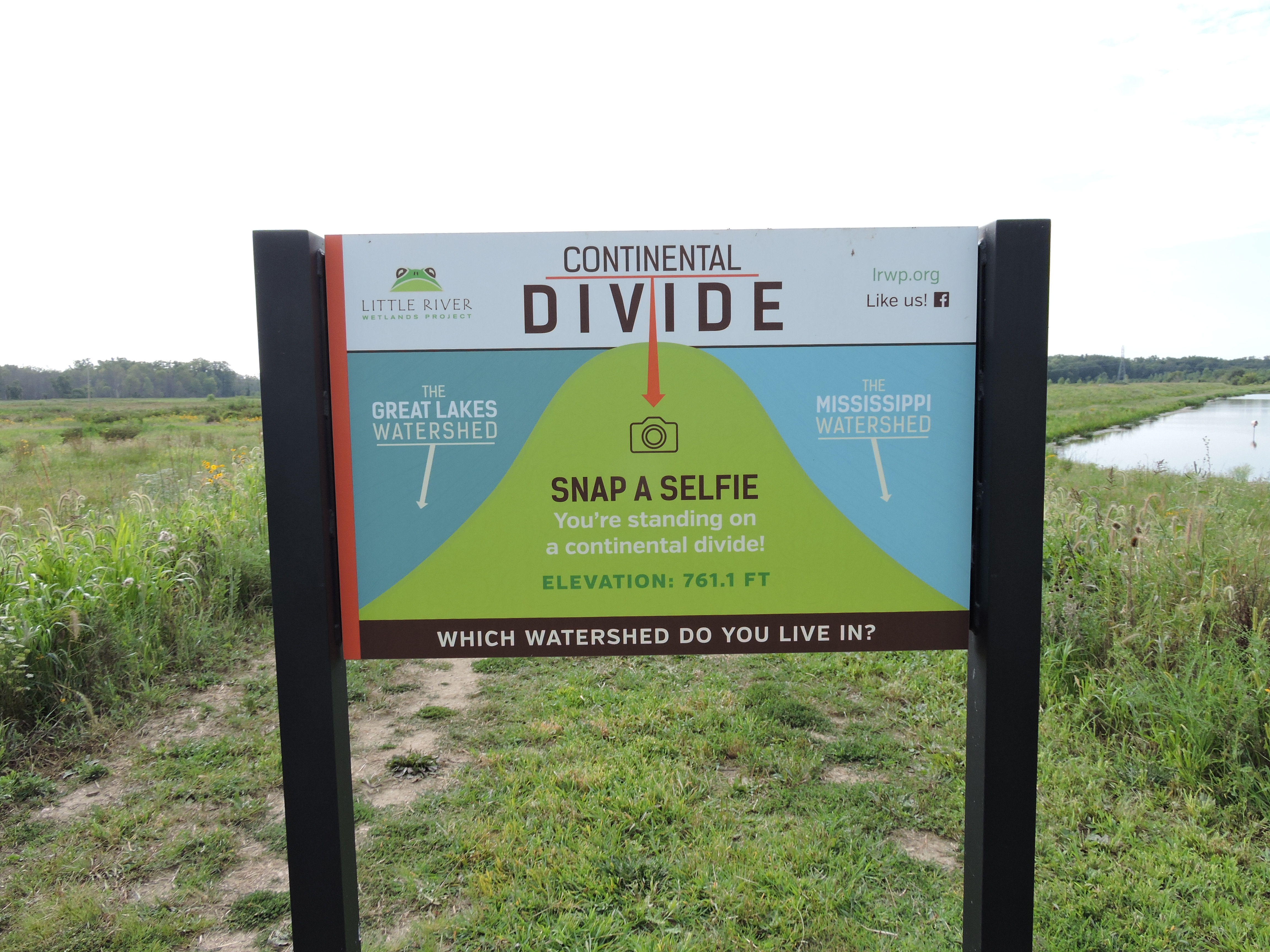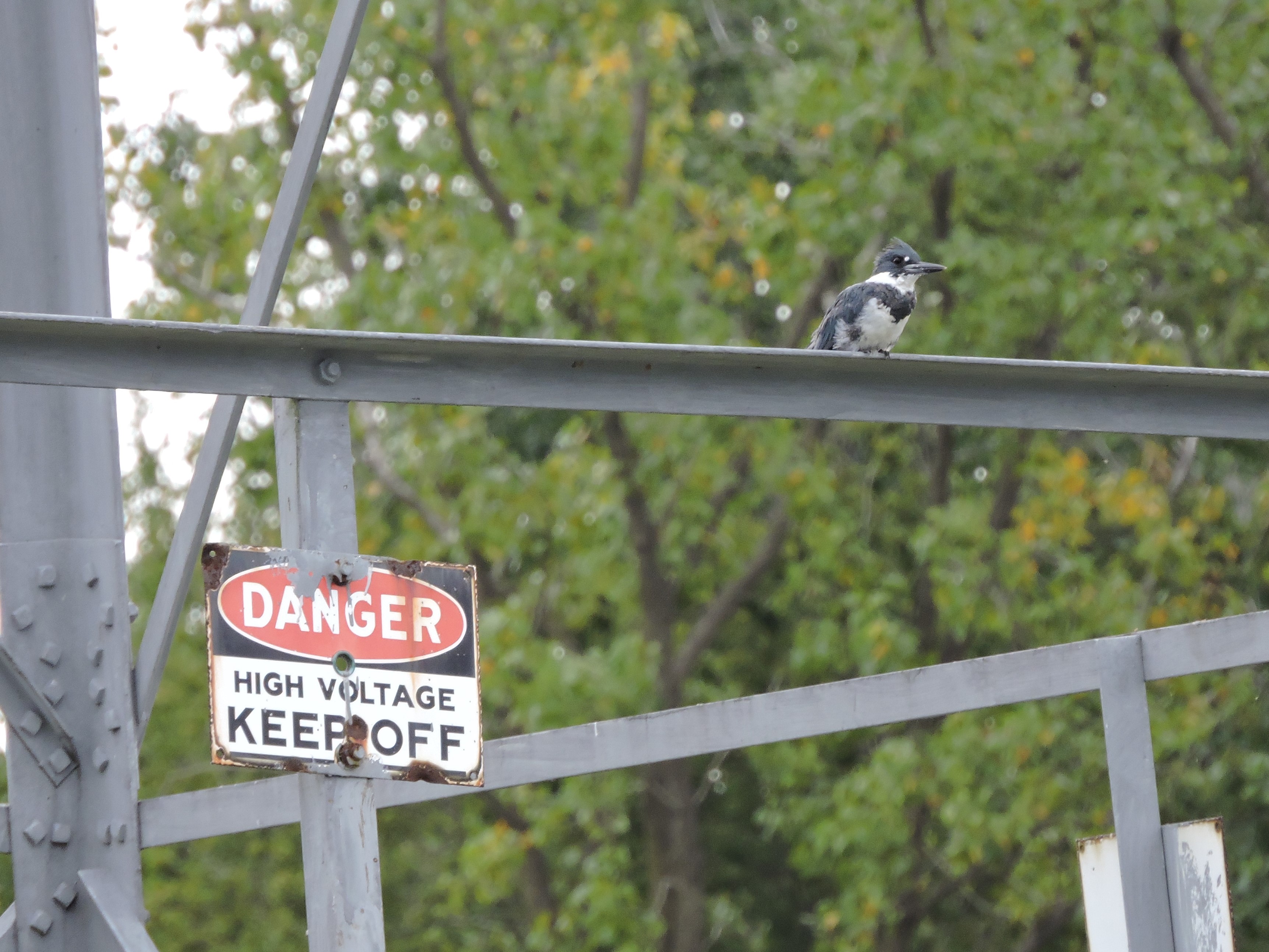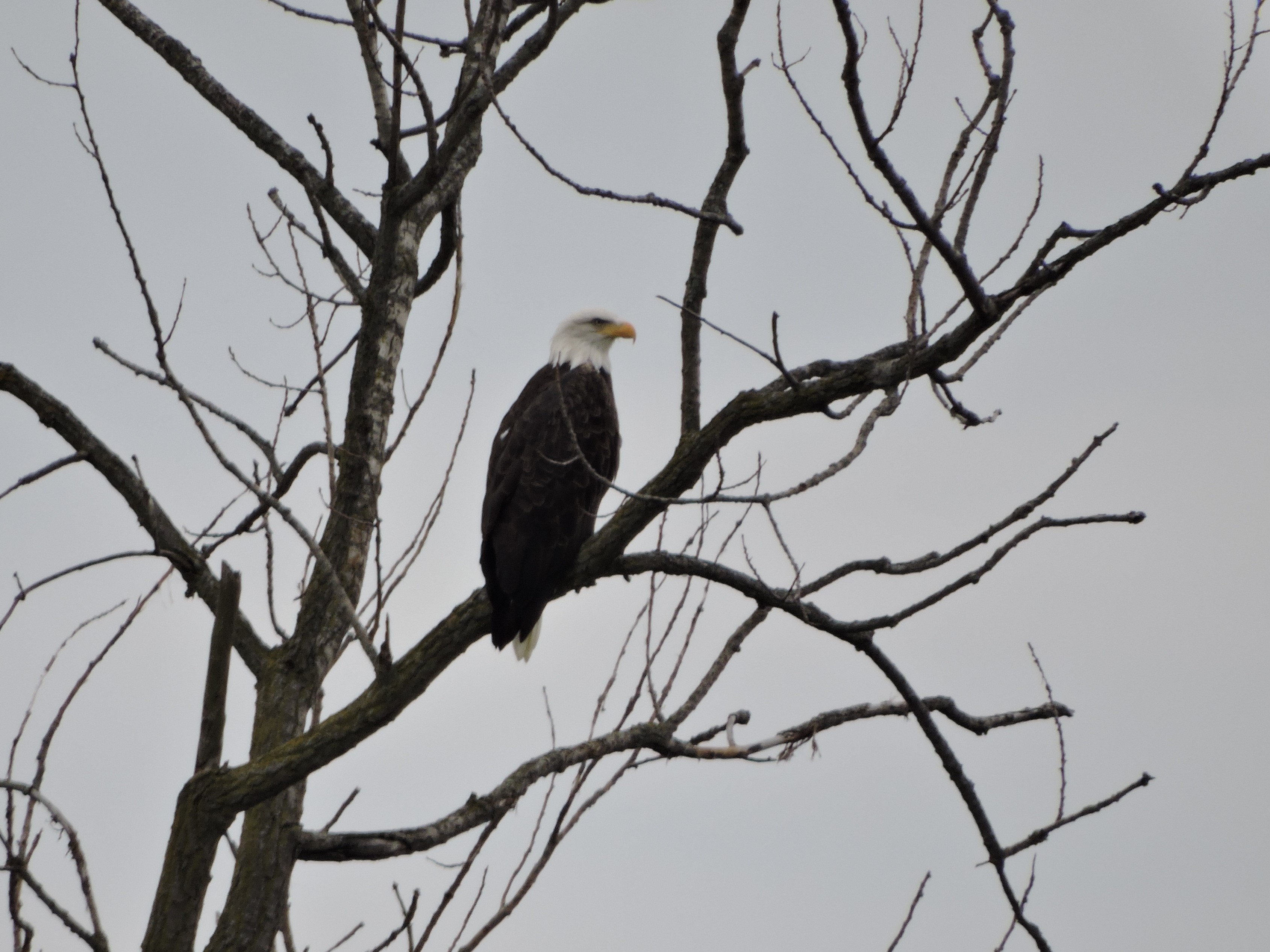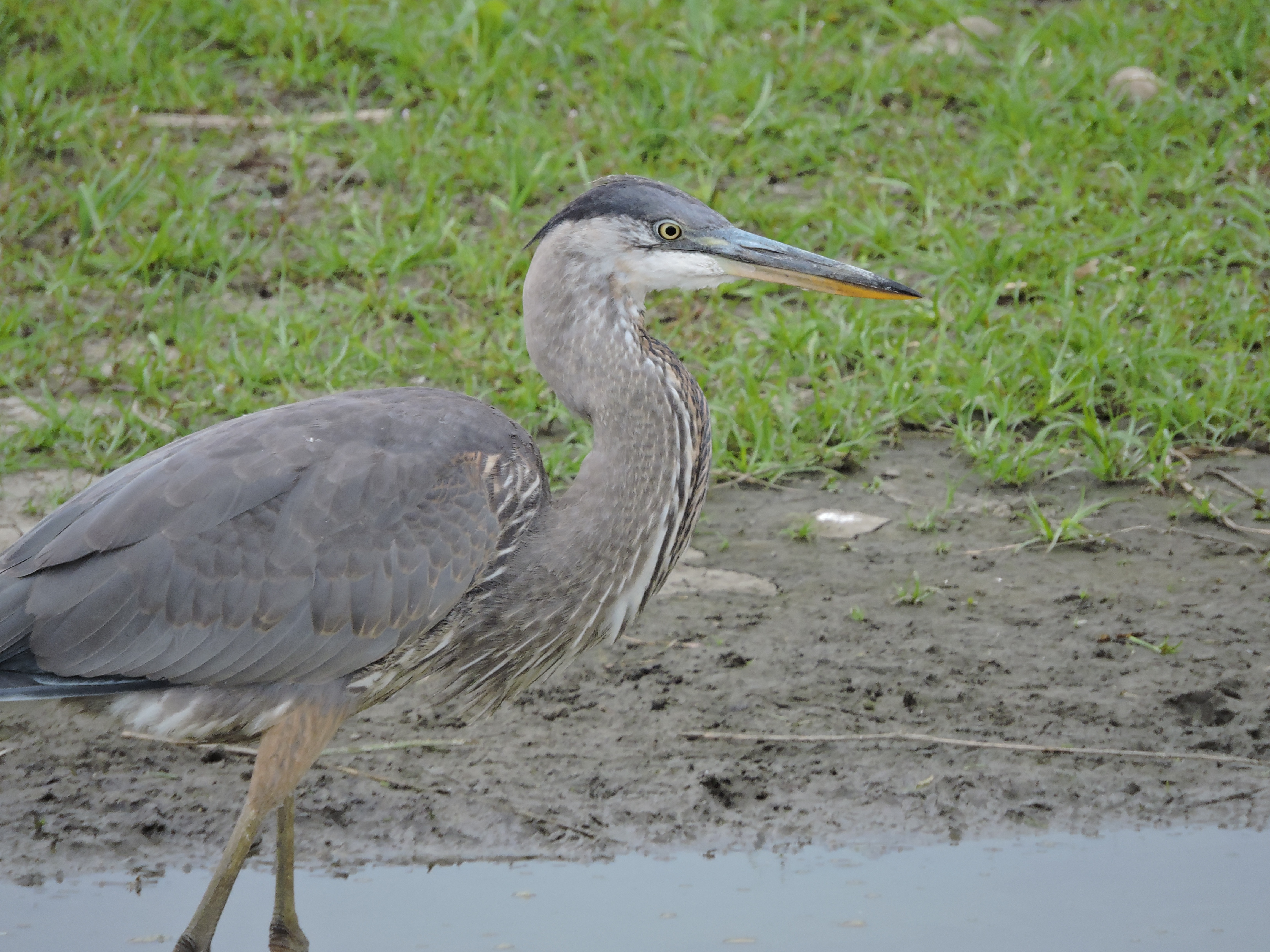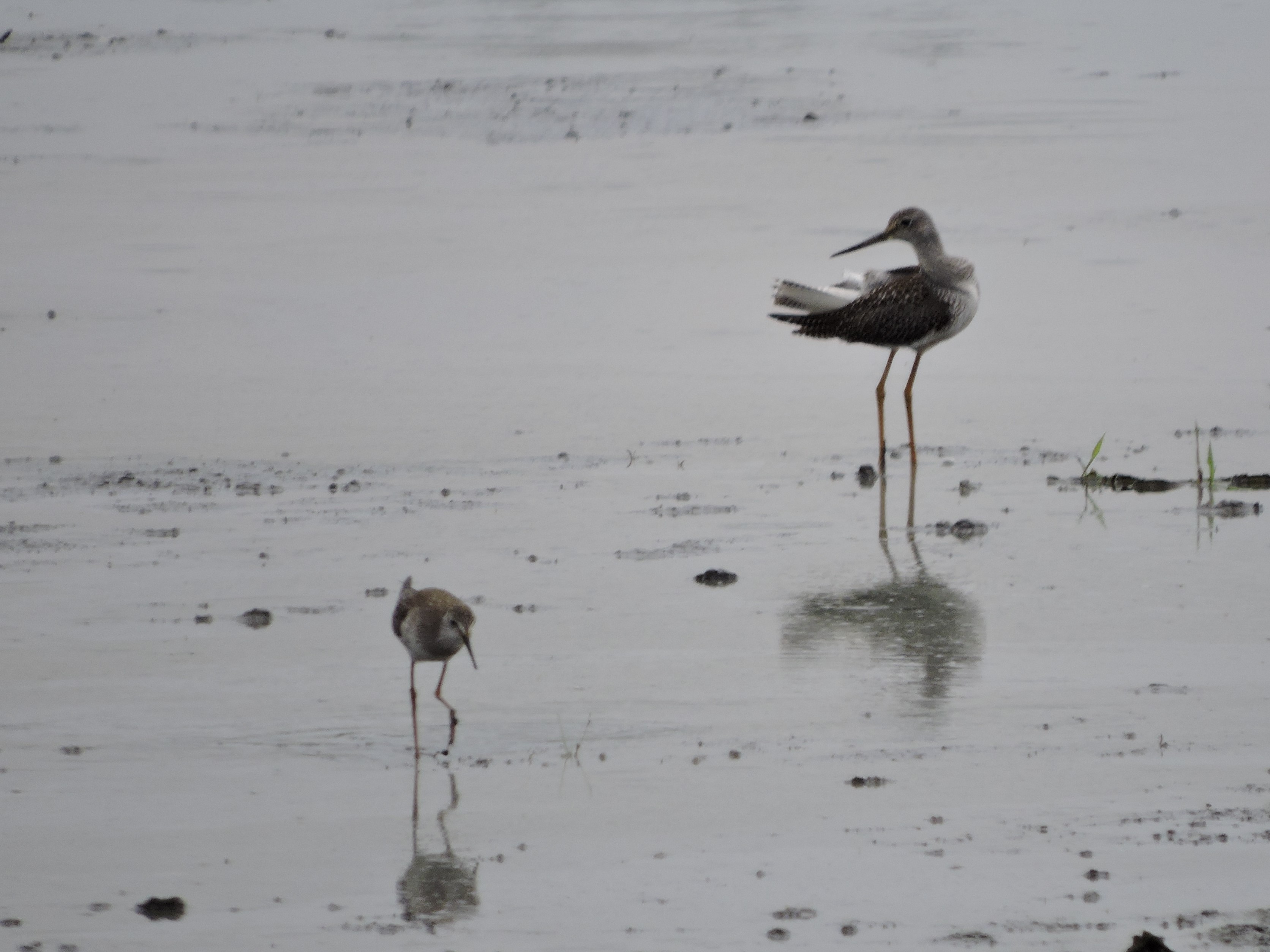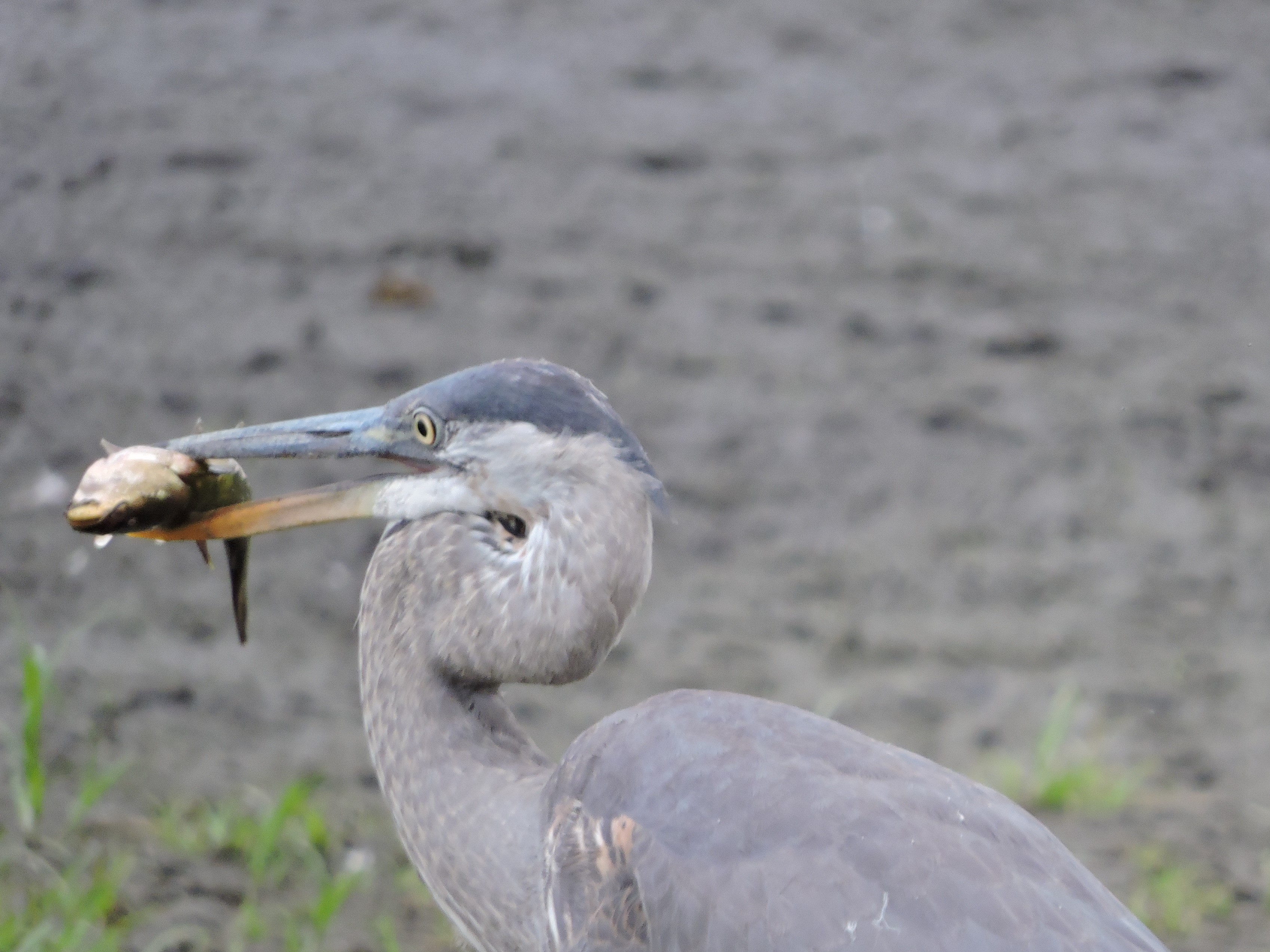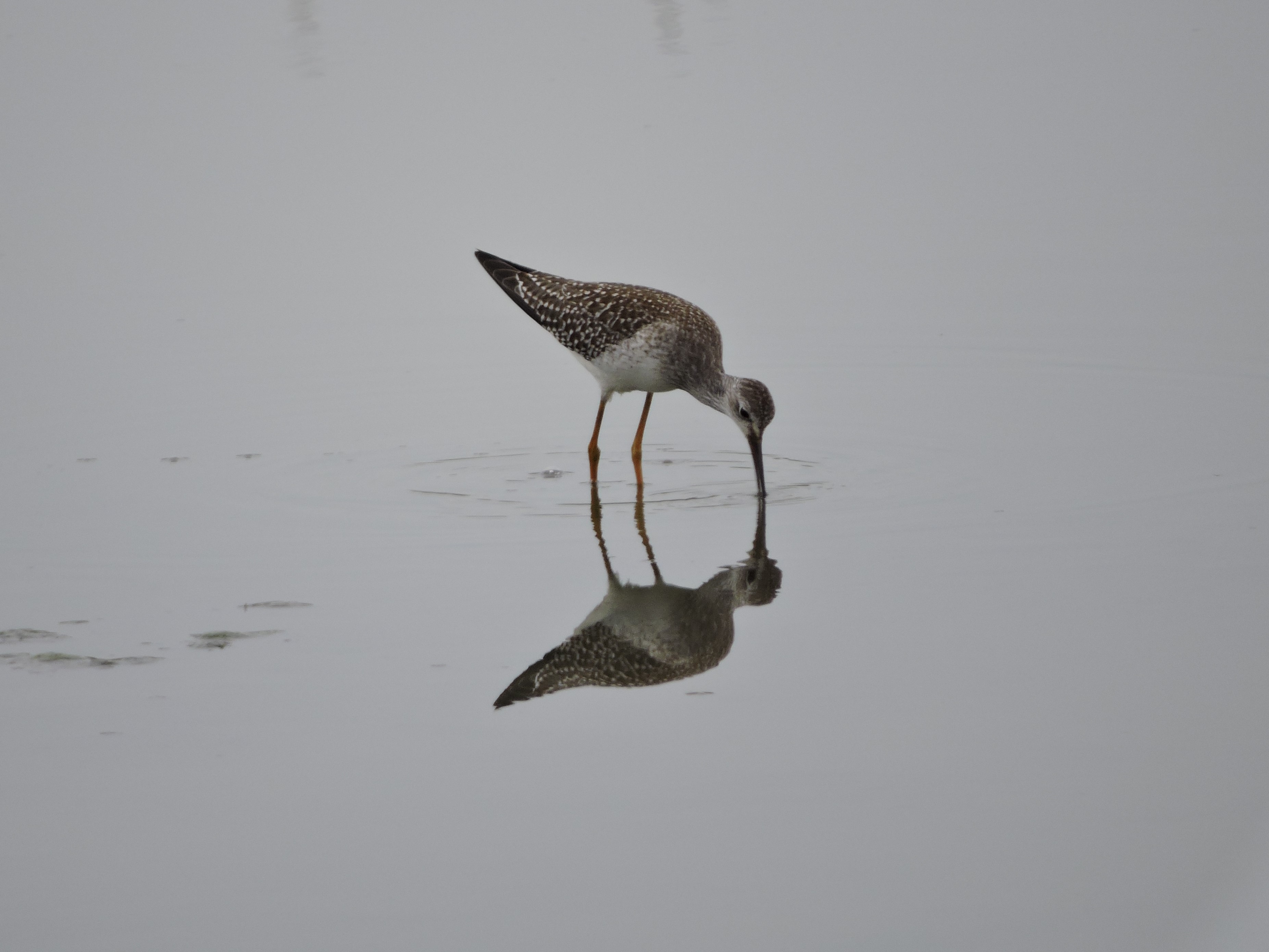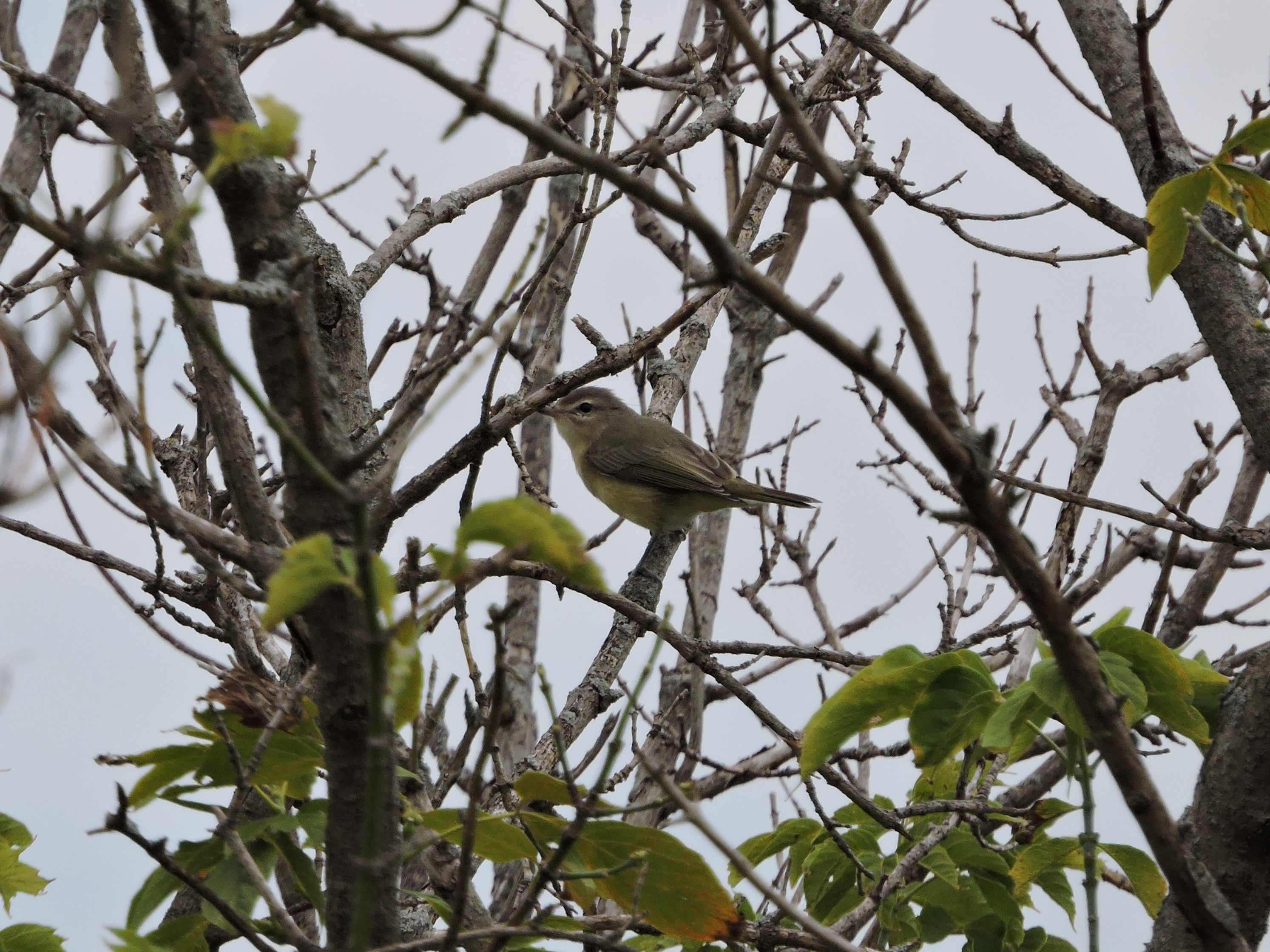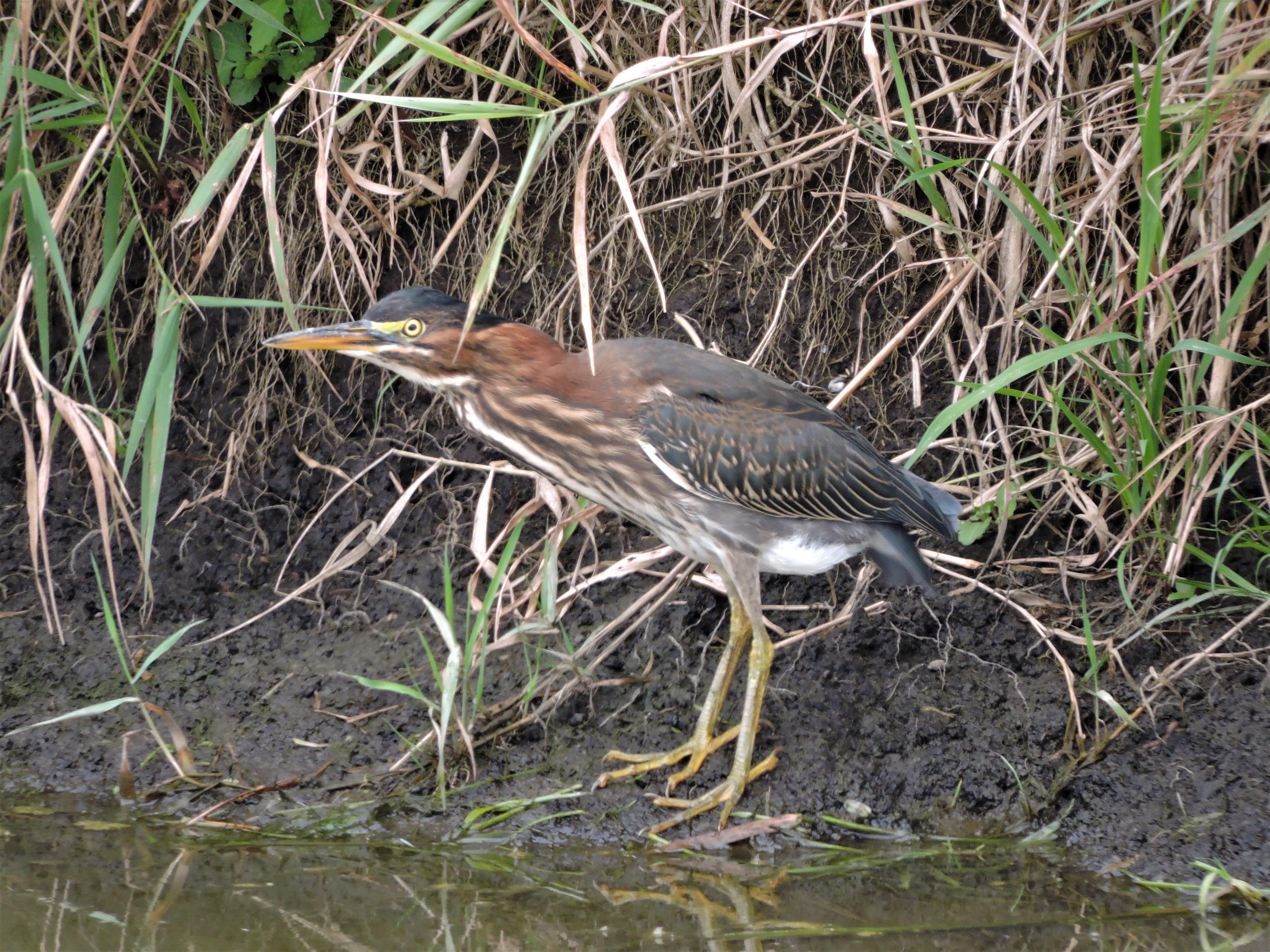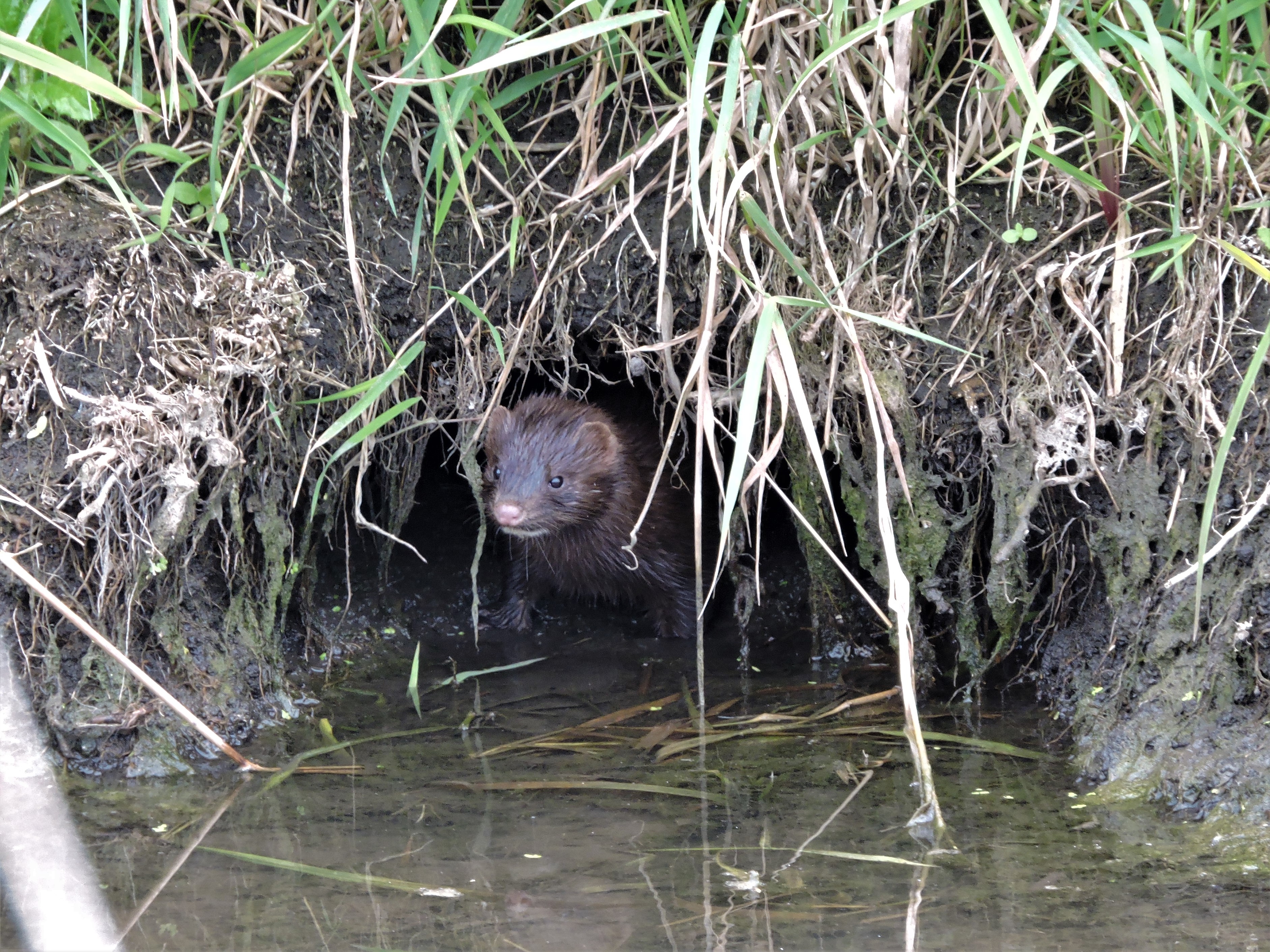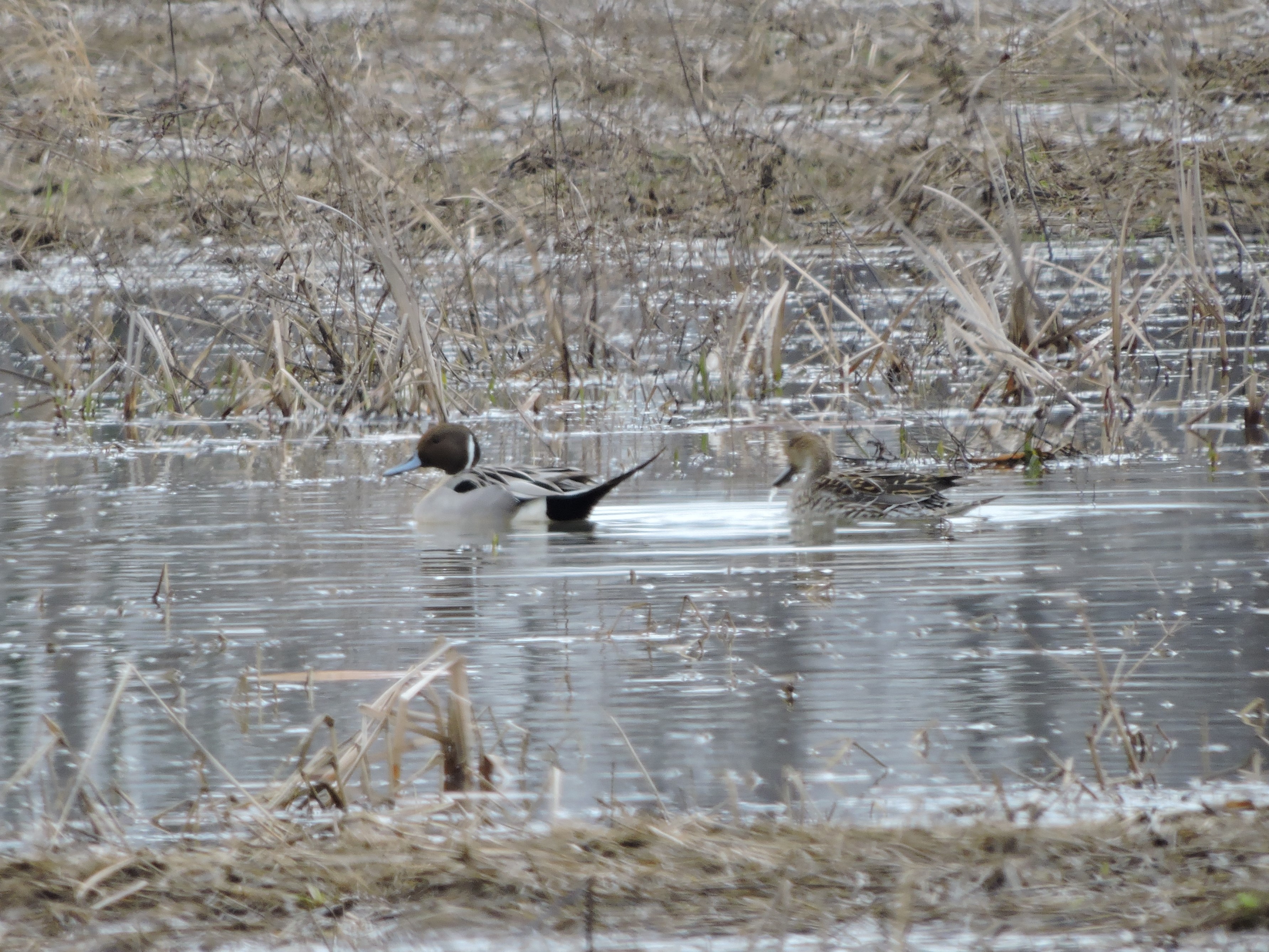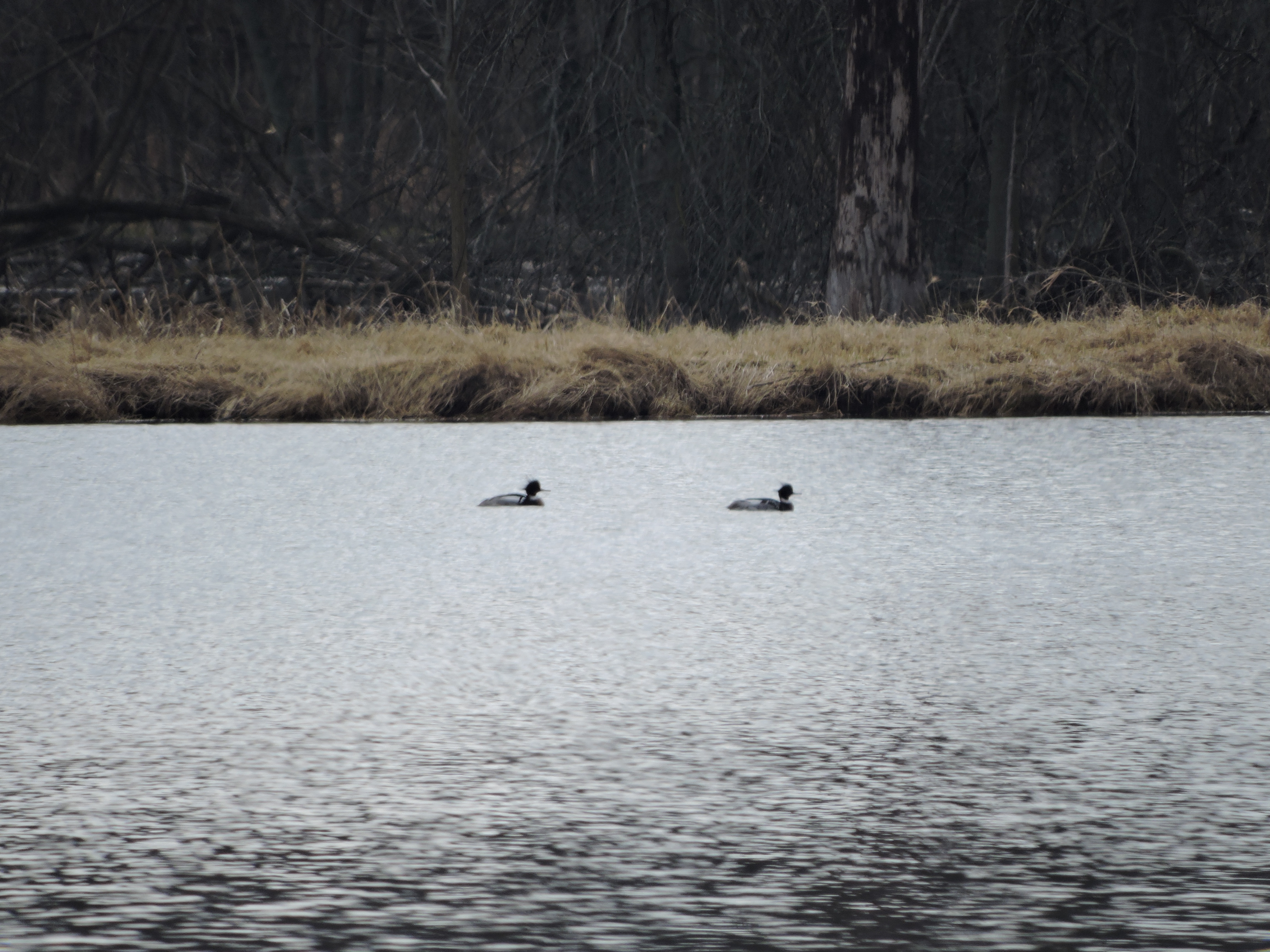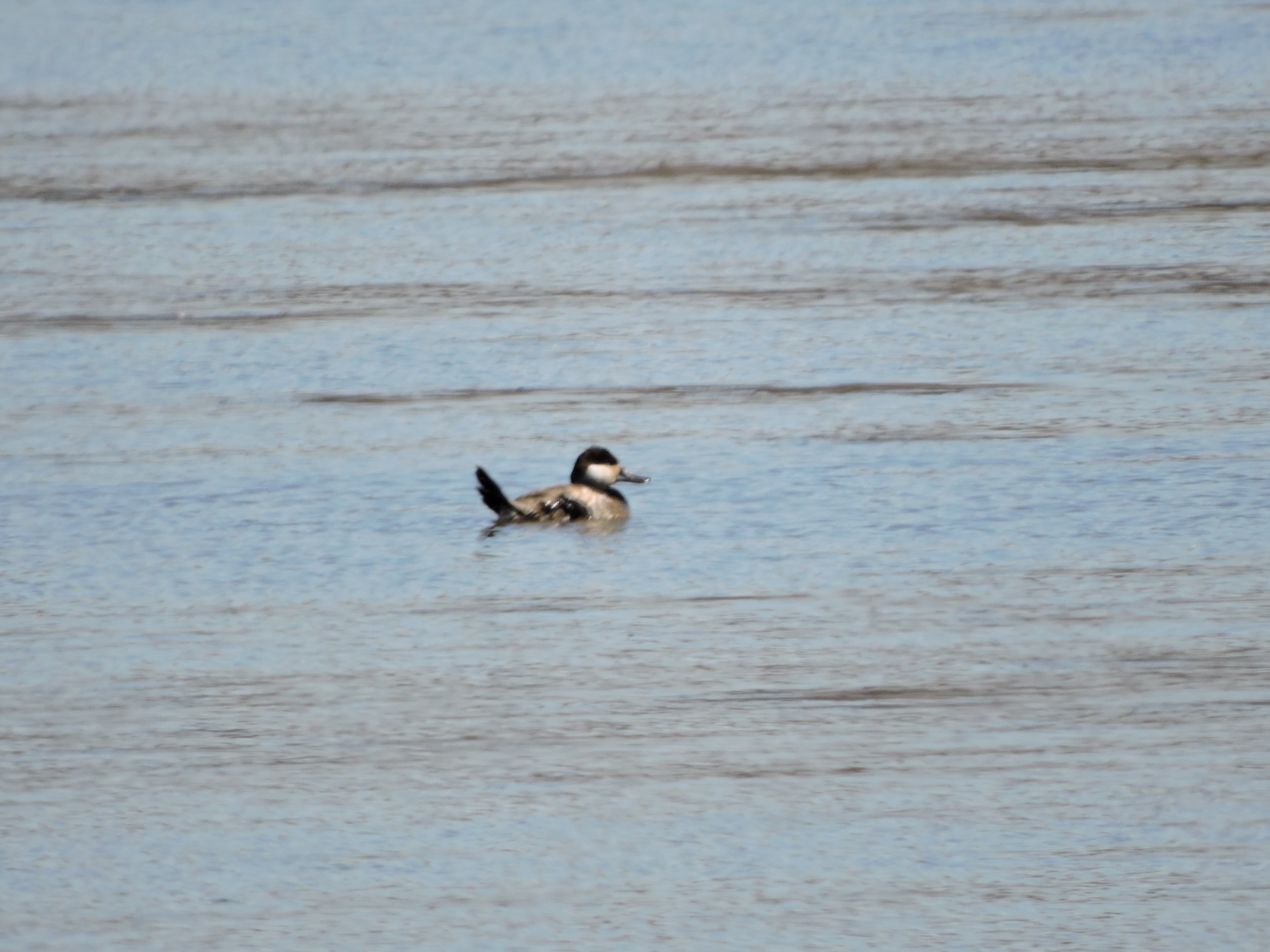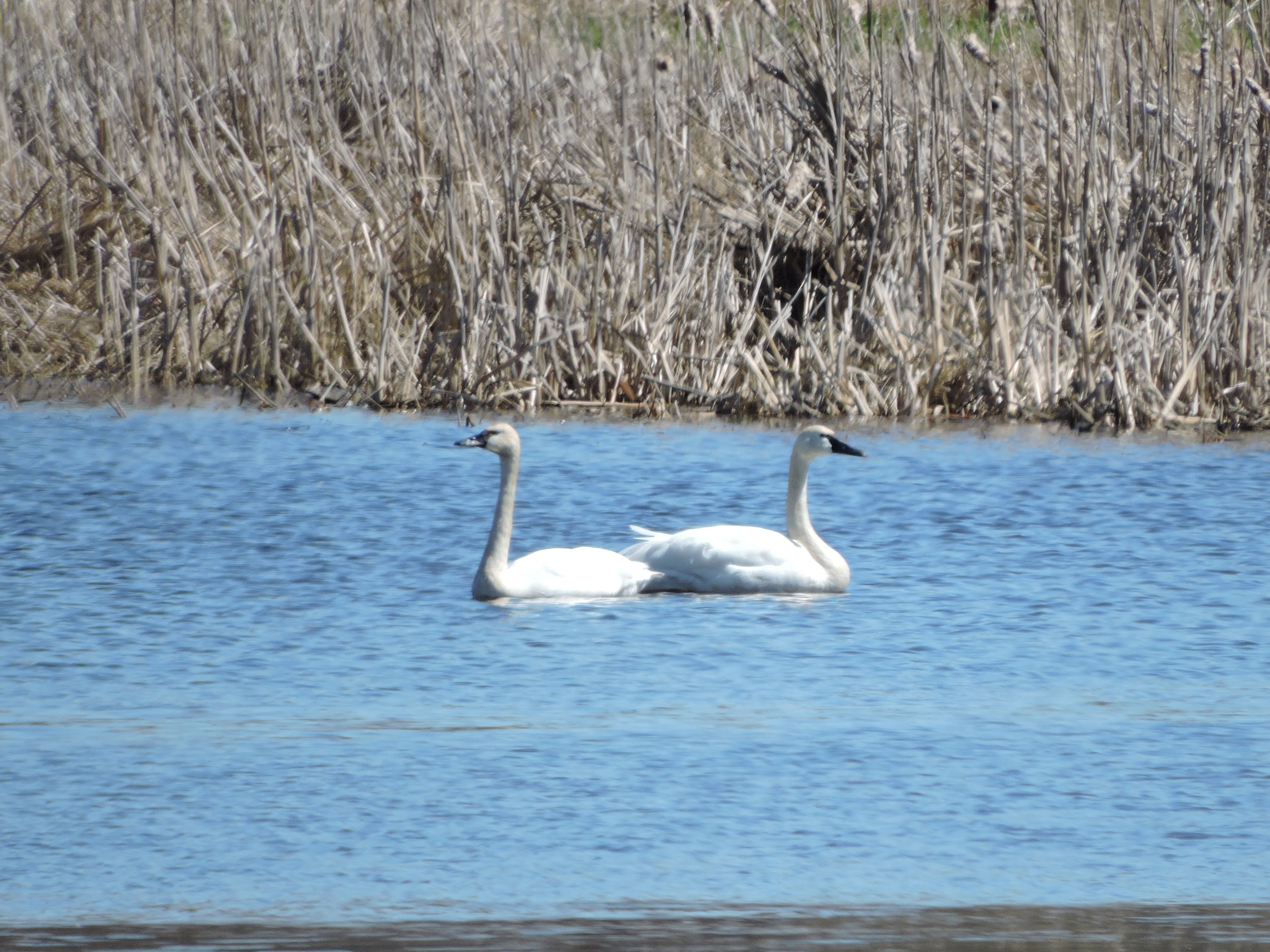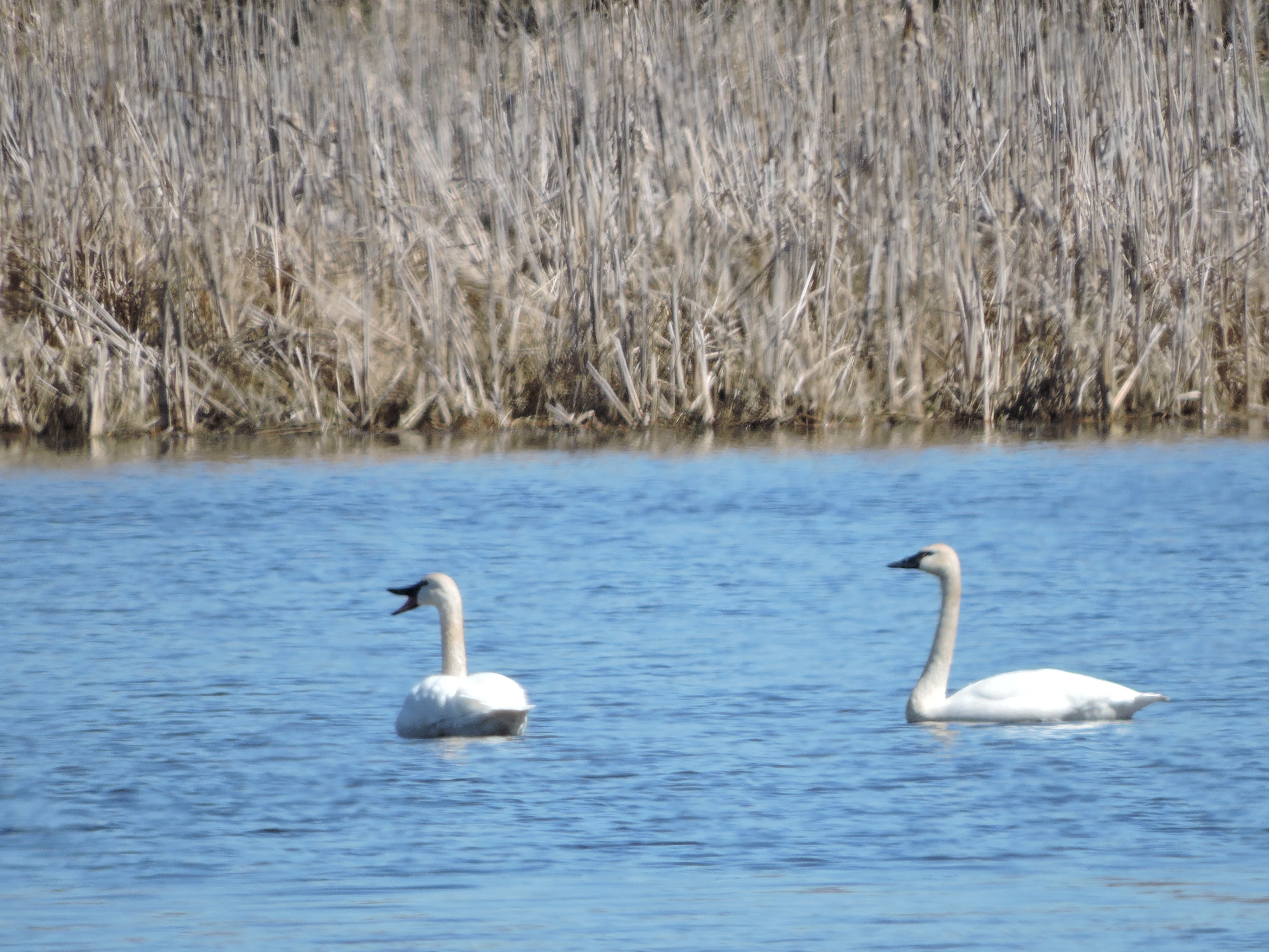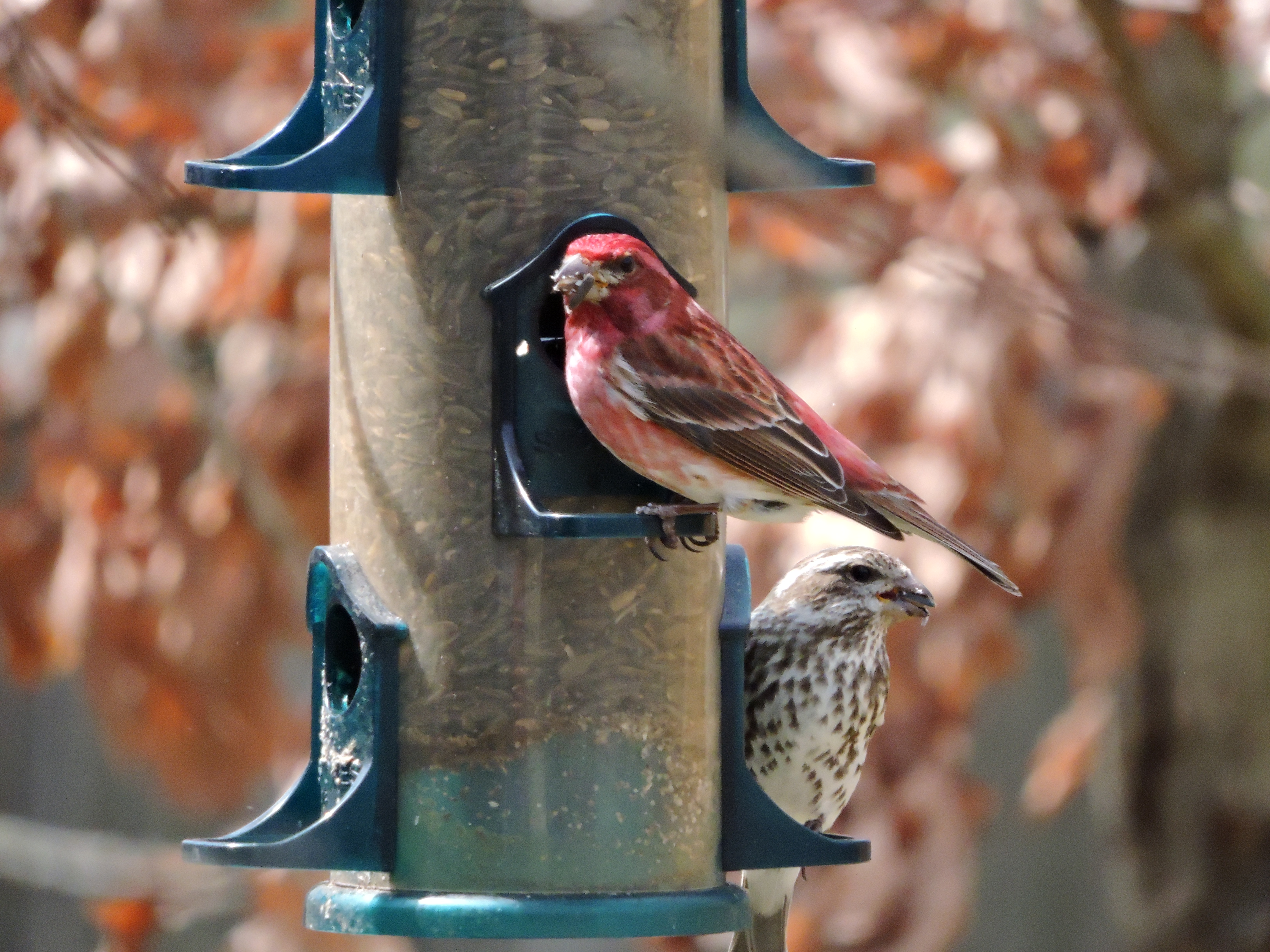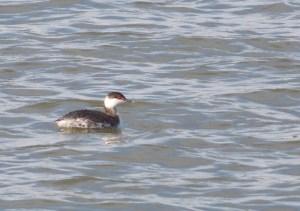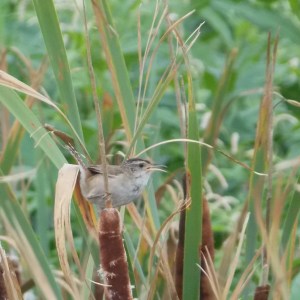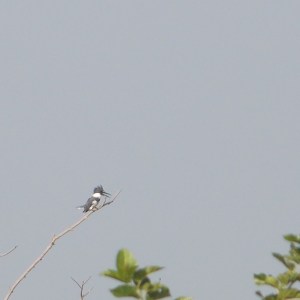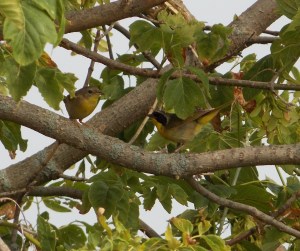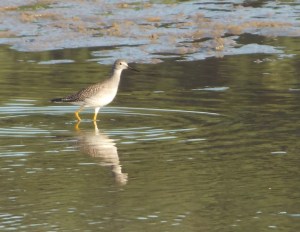2021 is turning out to have a theme, but before I get to that, here’s what’s happened so far this year.

I participated in two Christmas Bird Counts, Fort Wayne and Southwest Allen County. I was able to turn up Hermit Thrushes on both, which is notable this far north in the state. The one above was a cooperative individual among sparrows at Foster Park.

The highlight of CBC season, though, was a pair of female Purple Finches at Payton County Park in December (I’m still waiting for these at home, despite this winter’s irruption).

In the beginning of January, before we got two feet of snow, I bike birded locally within my 5MR. I decided to check out a new-to-me place for birds: a spot I call “The Abandoned Golf Course” because it is an abandoned golf course. It sits right off the river greenway and was purchased by the city for flood control, so it’s technically public property. It has been letting go for a few years now, meaning that it has quite a bit of successional habitat consisting of new growth mixed in with a bunch of large mature trees left over from the golf course days. Every time I go, my brain screams “owls!” No luck on that front yet, but there have been plenty of hawks, plus a nice surprise in American Tree Sparrow which is great for my 5MR. Stay tuned for more updates from this spot this year.

Since February began, we were slammed with some brutally cold weather and tons and tons of snow. That resulted in all of my birding becoming super local. Thankfully, Johnny Appleseed Park is about half a mile from home and includes a large dam that keeps some of the water liquid even in below-freezing temperatures. It is a magnet for ducks.

Jaime and I went a few times for some frigid hikes. She wants you to know that she took this photo of a Lesser Scaup (her lifer, among several others including many of the ducks below).





On one occasion, Jaime found a Canada Goose fighting off Mallards and other geese for control of a rather large fish. The geese were slamming the fish around on the ice, probably to tenderize it. This is a behavior I have never seen, but it probably speaks to the scarcity of food during the major snow event.

The best birds of the year so far, though, have been Snow Buntings. One day while working at home, I got a text from a friend who told me that he found a flock of five of them in his parking lot at work. Ten minutes later I was also looking at them since they were only about a mile and a half away. County and 5MR bird!

Last weekend we went to Johnny Appleseed Park as a family to take advantage of the sledding hill. As I pulled into a parking spot, the first thing I noticed on the ground not more than 20 feet away were more Snow Buntings! (The photo above is from the first time I saw them, but the scene was more or less the same the second time around). The birds were in a busy parking lot flanked by yelling sledding kids, and in the middle of the city next door to our hockey arena and even closer to home than the first batch. Not the typical location I would expect to randomly stumble across them. Prior to February 2021, I had seen a grand total of 1 Snow Bunting in my life. But this month I have seen 9 in my own 5MR, including the lone bird I re-found yesterday while visiting Johnny Appleseed Park again on my bike to also get the species on my green list! I didn’t add any new birds to my green life list last year, so this one becomes #199! Hopefully I can get #200 this year as well. We’ll see!…

